There are artists who when you see their work, you immediately know it’s their work. And then there are other artists who constantly explore and experiment to the point there’s a wonderful element of surprise for viewers: “Oh! She made that?”
Izziyana Suhaimi is one of those artists who’s constantly evolving, and her portfolio is filled with discovery and experimentation. Certainly, her body of work is connected in the sense that each informs the next. But they’re also wonderfully distinct from one another.
The fact Izziyana started her art journey as a photographer fuels the adventure. You’ll read how her first foray into textile art involved stitching on her photographs. Then you’ll learn how those early works became a springboard to exploring embroidery, weaving and developing large-scale installations.
Izziyana also provides an insider’s look into how her Muslim faith informs her works, as well as some of her favorite chosen techniques.
Based in Singapore, Izziyana has been practising since 2008. She had her first solo show before the age of 30 at the FOST Gallery (Singapore) in 2015. She has also exhibited in the Singapore Art Museum, has worked with Hermes, and created artwork for the cover of Fashion Illustration Now published by Taschen.
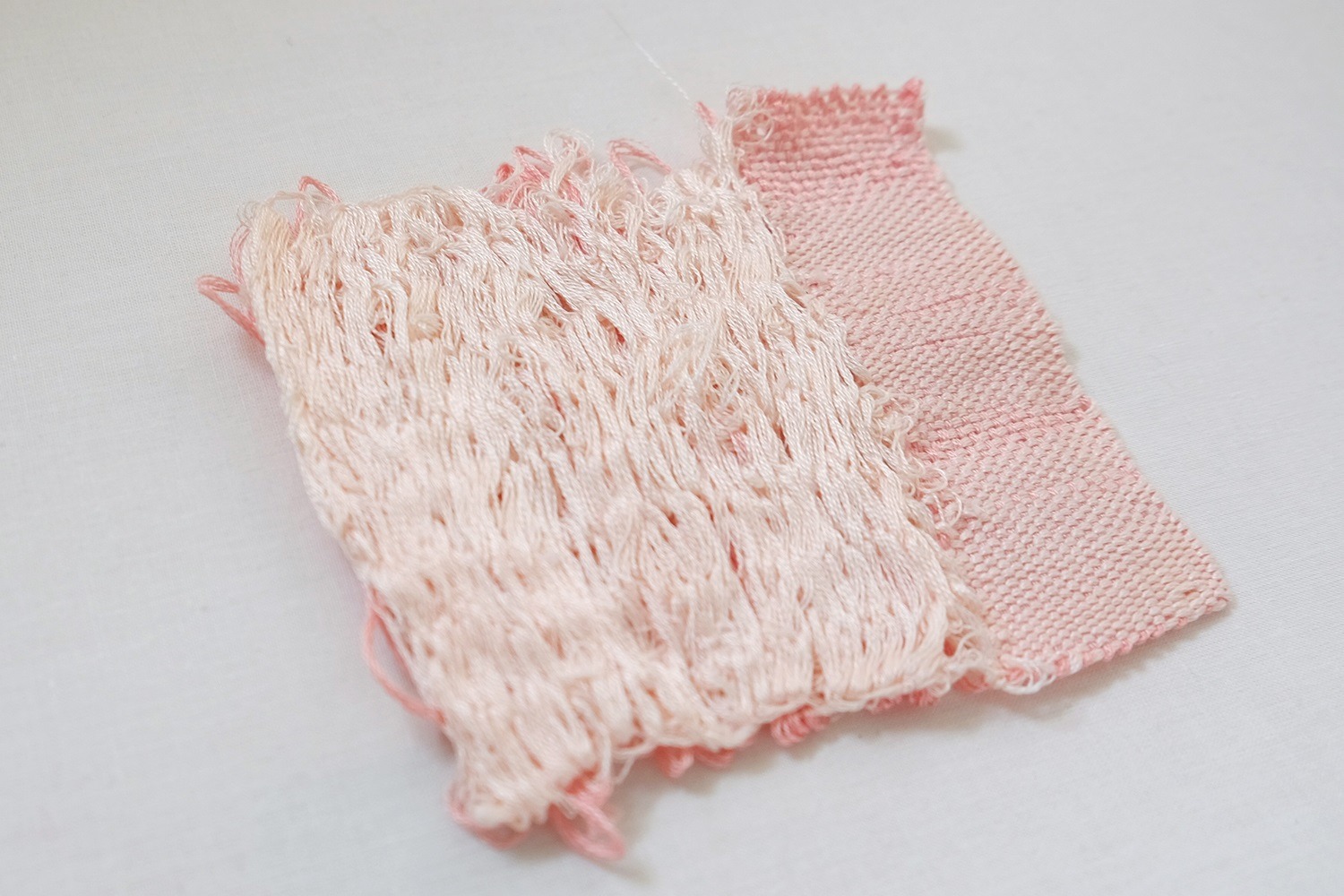
Stitching on paper
TextileArtist.org: What initially attracted you to textiles as a medium? How was your imagination captured?
Izziyana Suhaimi: I began working with textiles as a medium when I was at the School of Art, Design and Media at Nanyang Technological University (NTU). I was actually doing my degree in Photography, and one of our assignments was to explore other ways of translating an image. So, I chose to embroider on anatomical illustrations of the heart, and I just fell in love with it.
I loved the slowness of embroidery (though not so much now), the attention you need to give it, and the build-up of stitches to create varying textures. I also loved the action of punching a hole and then pulling the needle and thread through—the sound the action makes.
My first foray into textiles as a medium (embroidery specifically) began with stitching on paper instead of traditional cloth. I found it easier because I could easily draw, adjust and change my design on the paper itself while working. And I could combine it with pen/pencil and watercolor.
I would use a needle to punch a series of holes, giving me control over the length of stitch and where it would end up. It was very like drawing on paper but with thread.
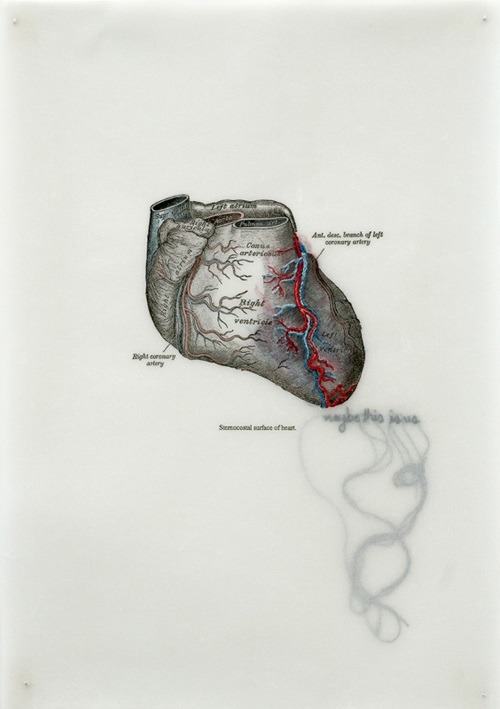
What or who were your early influences and how has your life/upbringing influenced your work?
I grew up in Singapore and have always lived there. Both of my grandmothers were embroiderers as a hobby. And my mom was good at sewing and made all of our clothes when we were kids.
When we had to pick universities after my A-Levels, I went to many open houses where I discovered Fine Arts courses. Something about doing a Fine Arts course really captured my imagination. I had always liked drawing and working with my hands, so I decided I would apply and see what happened.
But my early ‘art education’ was looking at photographs instead of traditional paintings or sculptures. I loved images that had a sense of mystery, something in between that you cannot quite describe but can clearly feel. And that’s something I try to translate in my own work.
Sally Mann is a favourite photographer of mine. Her images have multiple narratives, yet you never know what’s really going on. She manages to capture everyday scenes and familiar landscapes with a sense of magic and mystery in them, contrasting the familiar (usually associated with comfort) with something that kind of unsettles the viewer. It’s so captivating.
In terms of my life and upbringing, religion also plays a big part in my work, especially now. It is not something immediately obvious, but the initial thoughts and concepts behind the work always go back to my Muslim identity.
For example, in my large weaving ‘Waiting for the Northwesterly Winds,’ that’s a reference to Makkah, the most important holy site in Islam. The work was inspired by a prayer mat I used every day and was quite worn out. The woven piece was informed around ideas of prayer, of daily litanies, of longing for a place, and a very human desire to reach something higher, bigger, and greater.
Another concept I often think about in my art is ‘time.’ Time is God’s creation. It is finite, and it behaves however God wills it to behave. In Islam, there is a concept of ‘blessed time,’ and this is what every Muslim tries to achieve. Not to waste time, but to have blessed time.
This makes me imagine time as something solid and tangible that can be shaped and worked with our hands. I first started exploring this idea in my series ‘Making Working Time,’ and I have been trying to express it ever since.
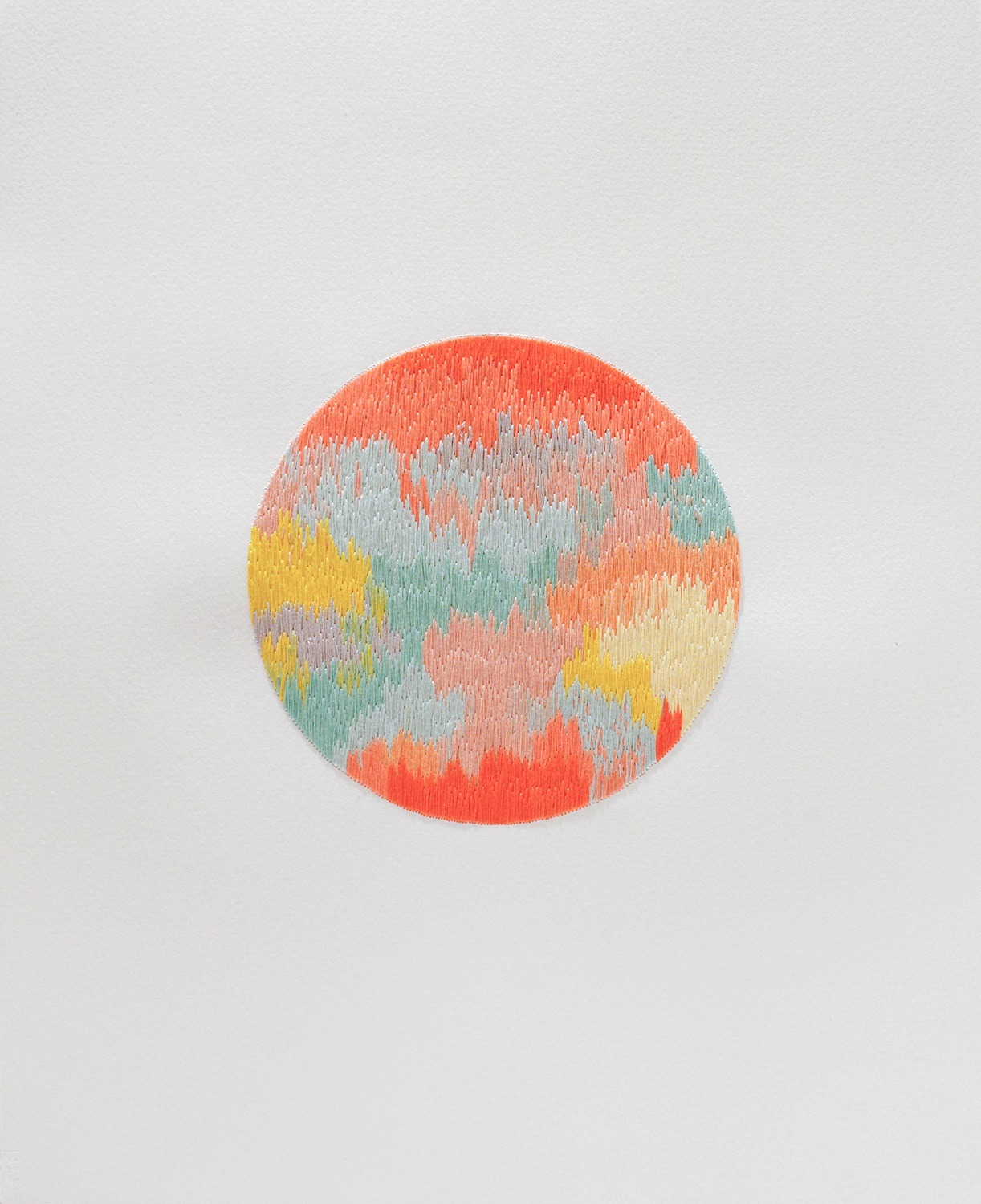
What was your route to becoming an artist?
Entertaining the thought of becoming an artist came quite late. After graduating from art school, I did not really fancy working a regular job in an office. I liked making with my hands, and I wanted to find a way to keep doing that, so I decided to try and find exhibitions in which to participate.
At first, I approached a store (The Little Drom Store) whose ‘feel’ I liked and had a corner for exhibiting art. The owners like my work and were keen to show them in their space. That gave me a boost of confidence to keep making and showing. That led to more exhibits in other locations.
After my graduation show, I also managed to participate in a few group shows. Some were invitations from galleries and others were organized by friends.
It was definitely scary when I first started, and there is still a level of anxiety when I do shows now. There was much to learn in terms of installing my art, getting them framed, arranging pieces, etc. But you just learn as you go along. The more shows you do, the more you will learn what works best.
It took me a really long time to feel comfortable with being labelled as an ‘artist.’ I was so new in the art world, my art education started pretty late, and it had never crossed my mind to become an artist until later on in university.
‘Artist’ just seems so heavy. When you think of an artist, you think of the greats. You’re waiting for an institution to label you as an artist.
But the more I work, the more it’s become clear to me what I make is art. And the one who makes art is an artist. And ultimately, it’s just a job title at the end of the day.
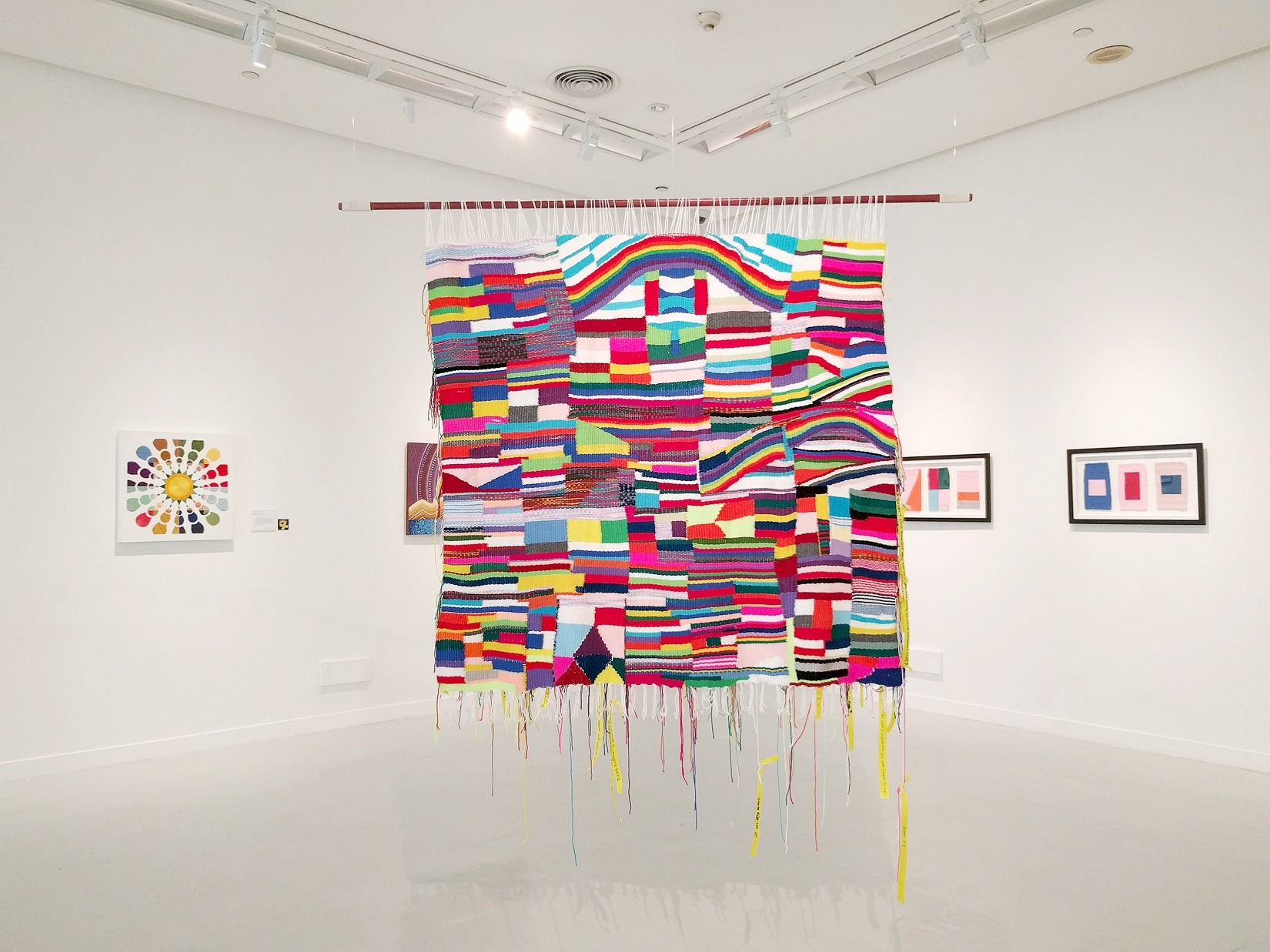
Learning to weave
Tell us about your process from conception to creation
Often, I will already have an image in my head to work toward. It’s sort of a backwards way to work because I have the final artwork in my head but don’t quite know what it is about.
That’s the hard part for me—to find the intention behind my work. But I work toward finding that out slowly.
Often when making the artwork, it is slowly uncovering the thought processes. It is like having a conversation with yourself—your inner voice. This relates to the concepts/ideas and intentions behind the work. The more time I spend making artwork, the more I uncover what I am trying to express in that work.
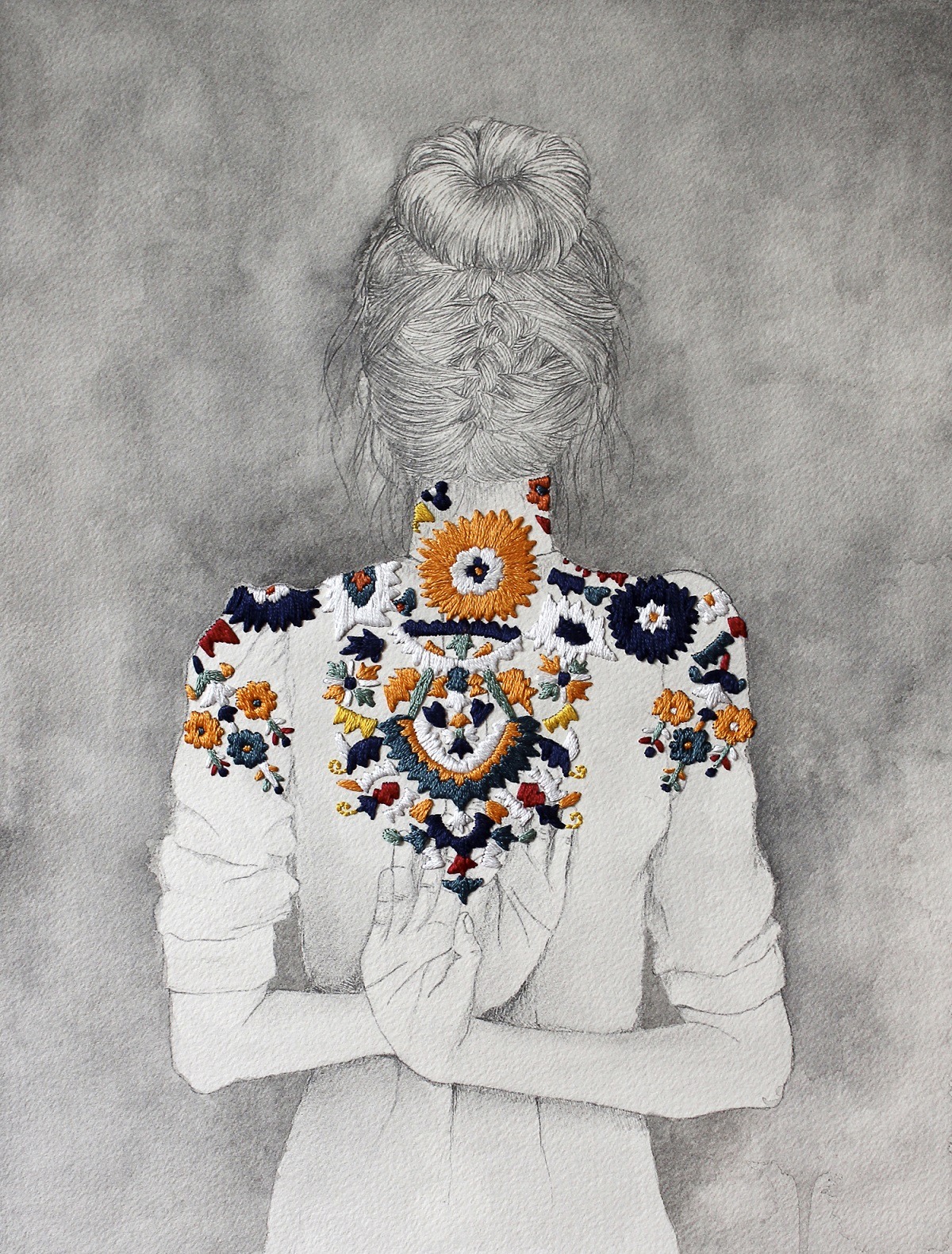
Tell us a bit about your chosen techniques and how you use them
At the moment, I am mostly working with hand embroidery and weaving (very simple weaving on a frame loom). Early in my career, I started with embroidering on paper and I loved how I could combine thread with drawing.
My favourite paper to embroider on is 300-gsm watercolour paper. I start off with a drawing, making a rough outline of where stitches will go. I then pre-punch holes using needles where I know I want the stitches to be, and then stitch accordingly. After the embroidery is complete, I add in any illustrations or watercolour.
But as I progressed, I wanted to make my own fabric to embroider on, and so I started weaving. At that time, weaving was gaining popularity over the Internet. I wanted to give it a go, so I did some research online.
I did not have the patience to find a proper weaving loom, so I just grabbed a small wooden frame (the kind used to stretch canvas), wound some threads around it to form the warp, and then started weaving!
I like combining the two in a single work. Weaving is much faster than embroidery, so I also like that aspect.
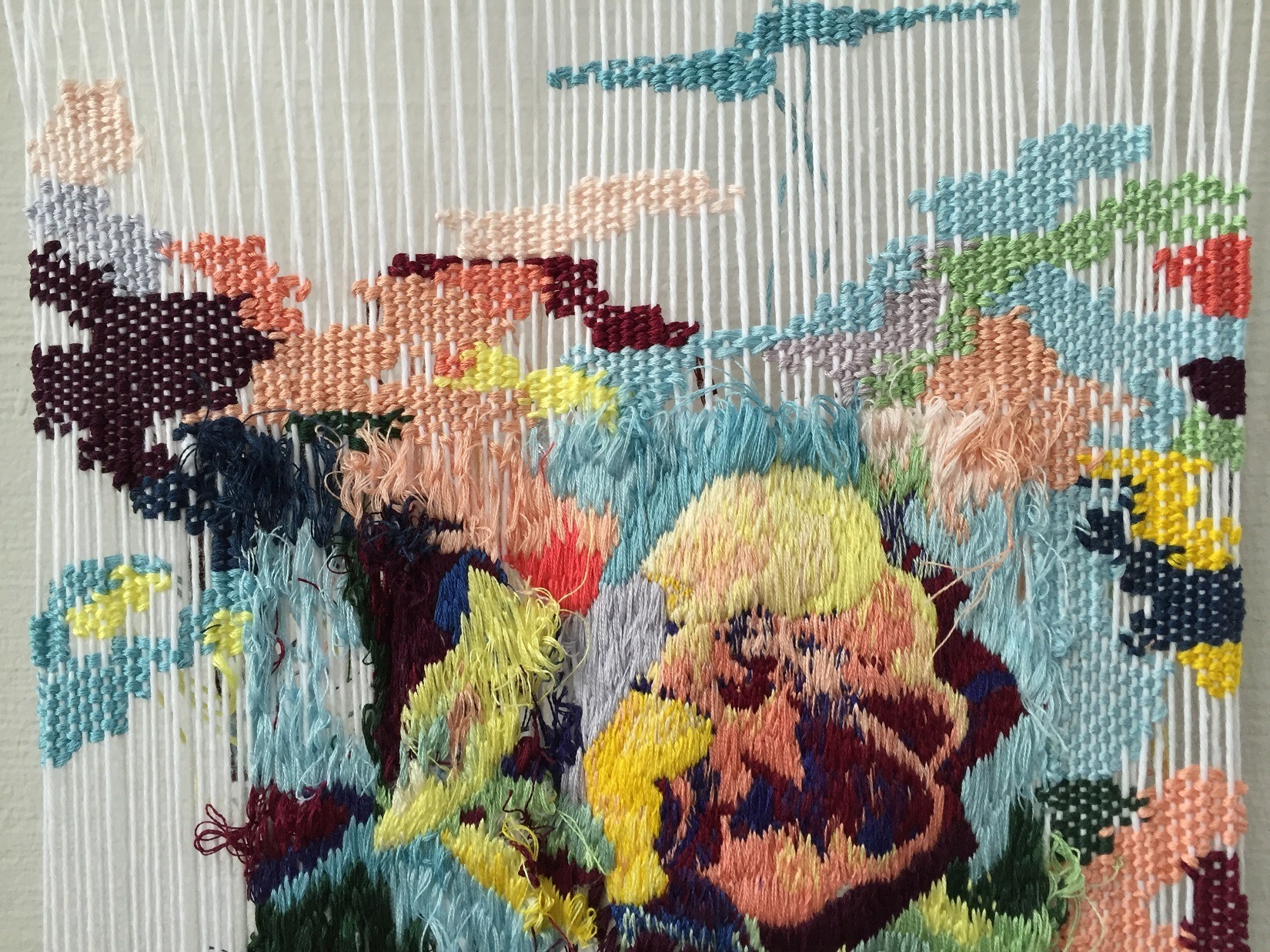
What currently inspires you?
I have been having a bit of trouble with inspiration at the moment. I feel like I am ‘too inspired.’ The Internet makes it so easy to find inspiration—works that make you say ‘I wish I made that!’
I have to keep reminding myself to shut off all the noise, which basically means taking breaks from social media and spending some quiet time observing myself and my thoughts. It’s really hard!
Everyone has their own way of doing ‘me time.’ For myself, I really need to be alone and focus on my work. (I have two small kids now, so this is nearly impossible).
I find that when I persevere with making (stitching, weaving, sketching ideas) even when I don’t feel inspired, it really gives me clarity.
But I still spend way too much time on Pinterest!
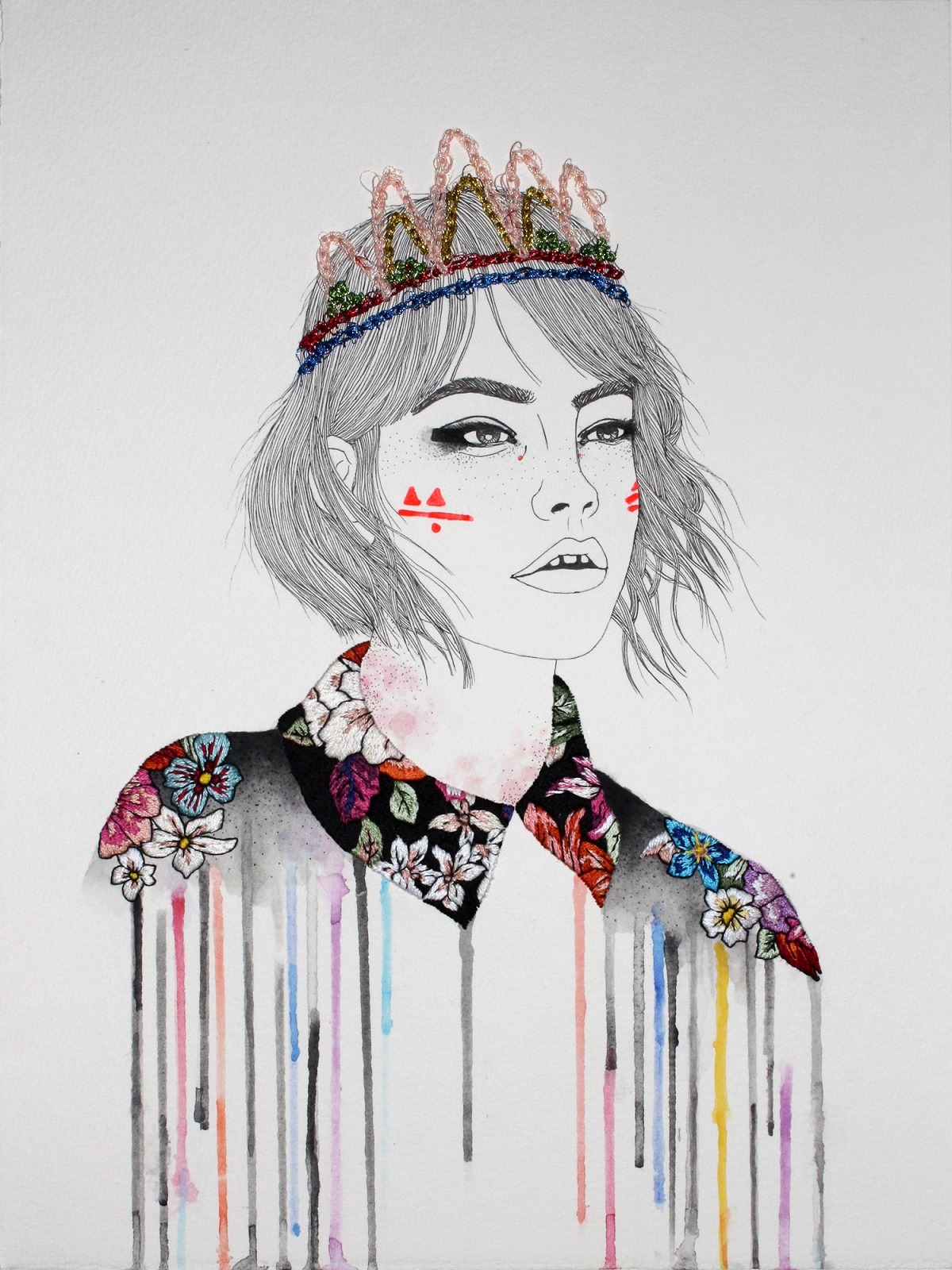
Finding the story
Tell us about a piece of your work that holds particularly fond memories and why?
Oh, this is hard! I really love the ‘Friends to Keep You Warm’ series I started in 2008. And I still think about bringing it back to this day. It’s partly sentimental because those were my earlier works that received positive attention and that made me feel like ‘yes, I can do this!’
The series is also reminiscent of a time when I did not think too much about concepts and theories. Instead, I was just making for the fun of it.
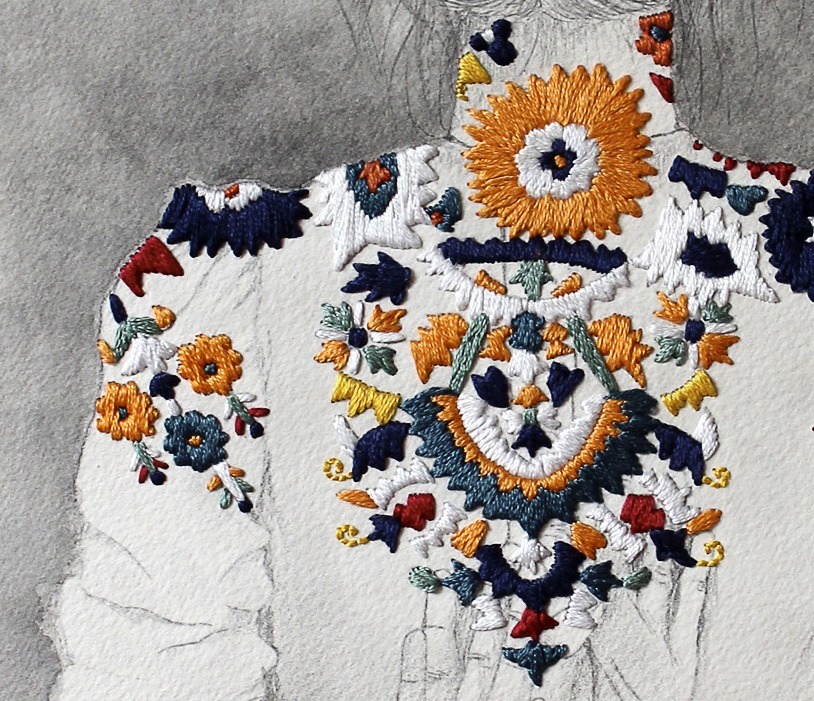
How has your work developed since you began and how do you see it evolving in the future?
The more works I make, the more I understand what my ‘story’ is about. Not necessarily completely, but with every work, I uncover the answer a bit more.
Every person has a story, and every story is different. And everyone’s telling their story in a million different ways. I think life is like a journey in uncovering our stories.
Moving forward, I am looking to incorporate more sustainable and recycled materials in my work.
I would also like to try other techniques like natural dyeing.
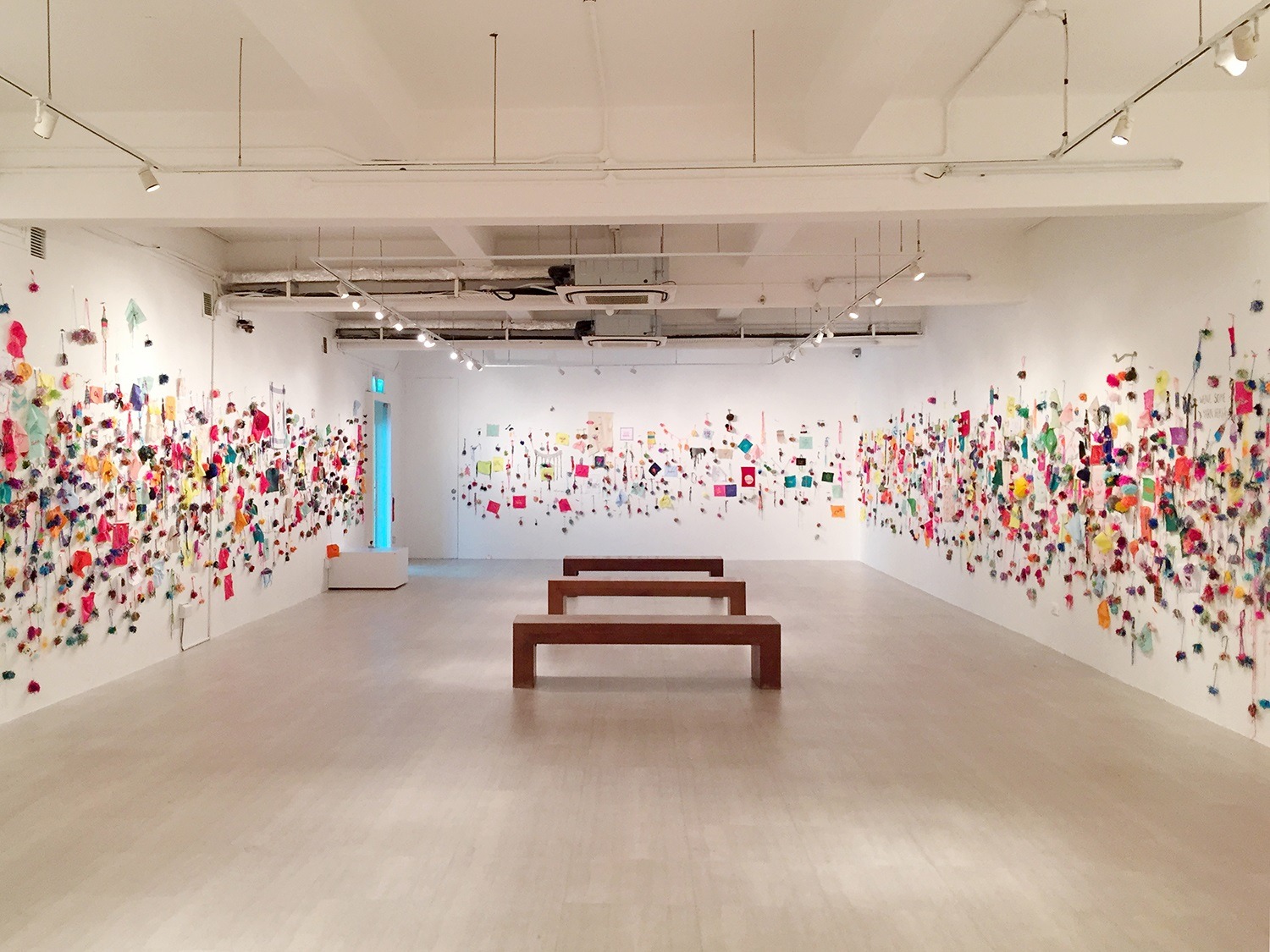
What advice would you give to an aspiring textile artist?
If you’re just starting out, don’t just wait around for galleries to find you. Organize shows with your friends, learn about the process of putting up exhibitions, and get creative finding funds. Approach any space that you find interesting and might be a good fit to exhibit your artwork. One at a time, they’re all stepping stones to building your career.
And just begin! Don’t think too much. Go make something you wish existed, and have fun.
For more information visit www.izziyanasuhaimi.com
Have you stitched on photographs or other paper? Let us know about your experiences below.
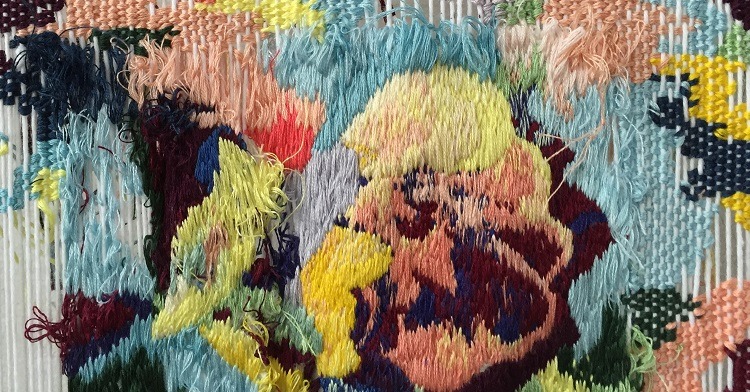

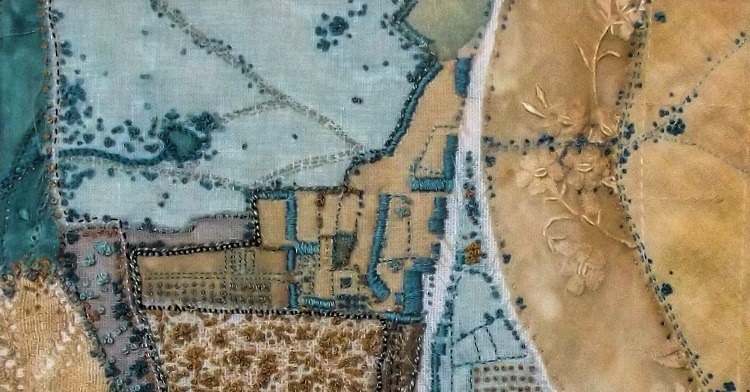
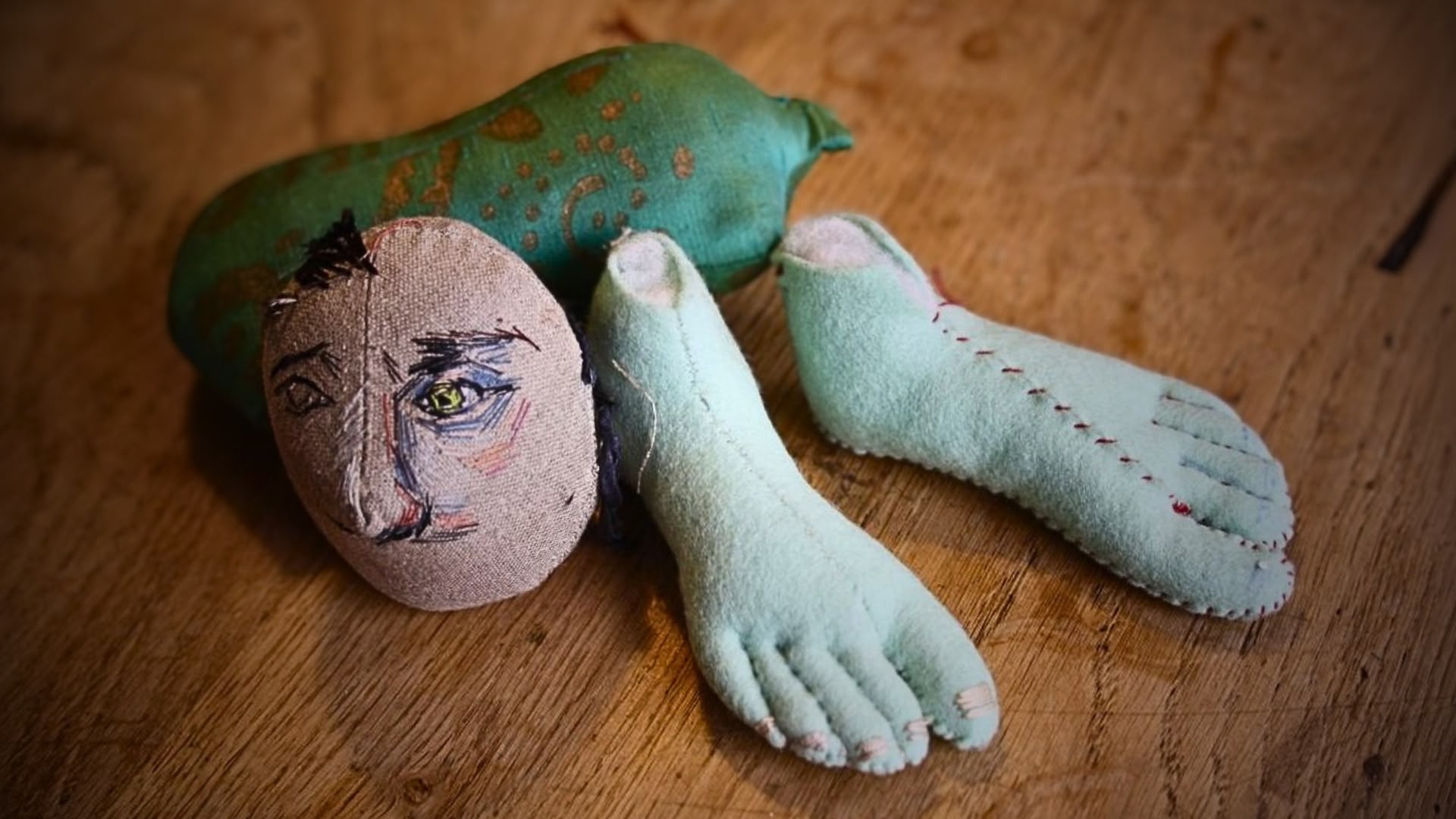
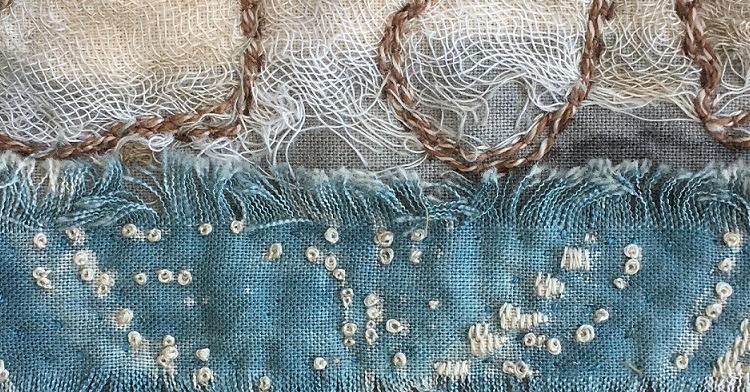
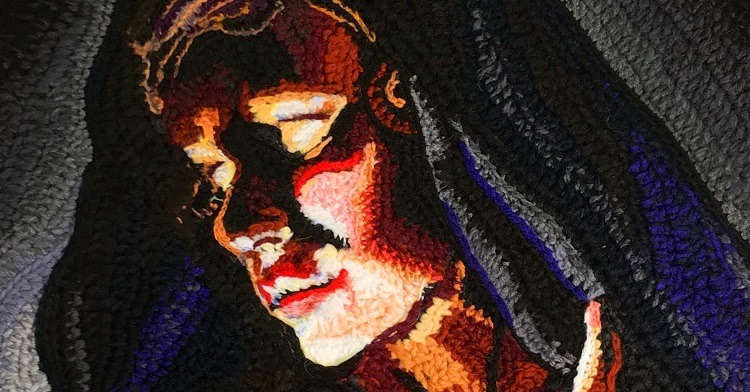
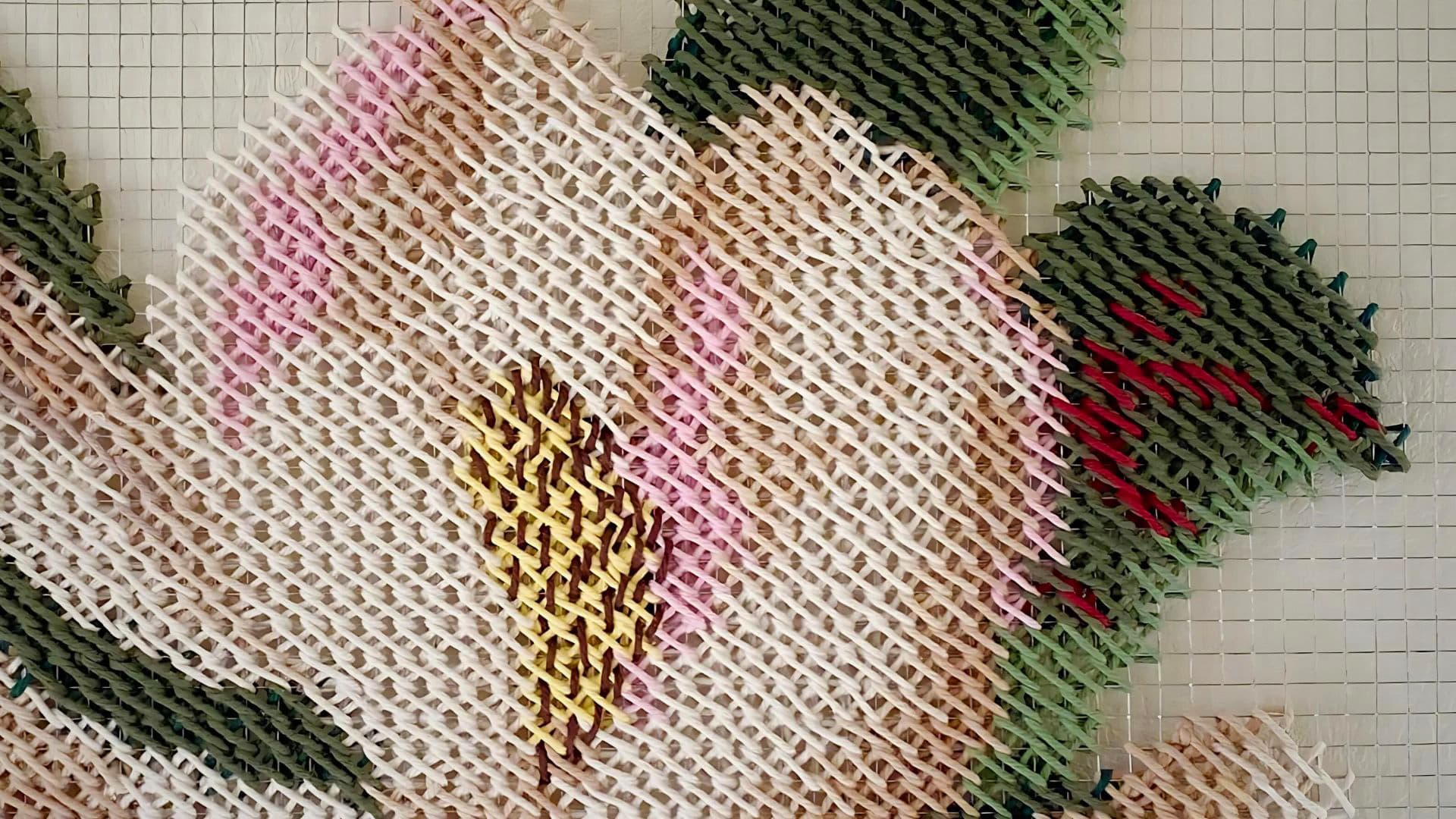
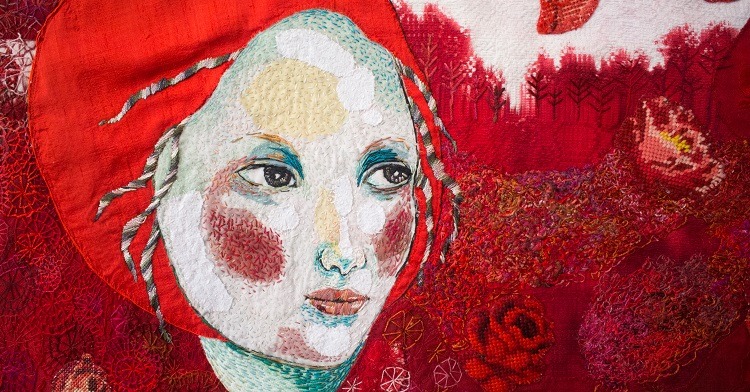
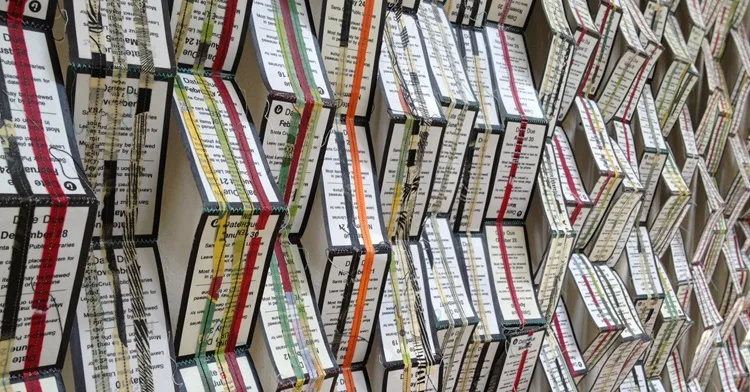
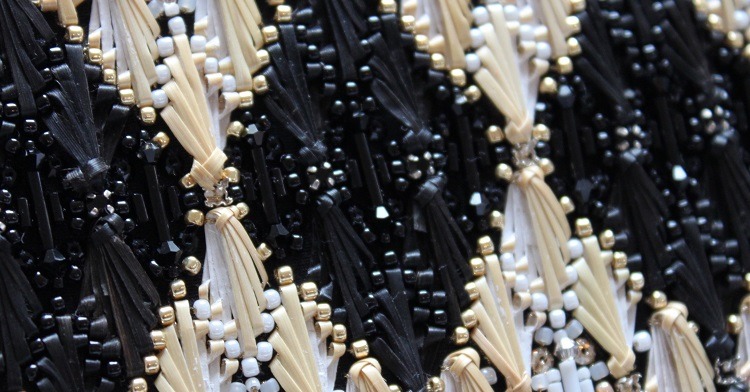
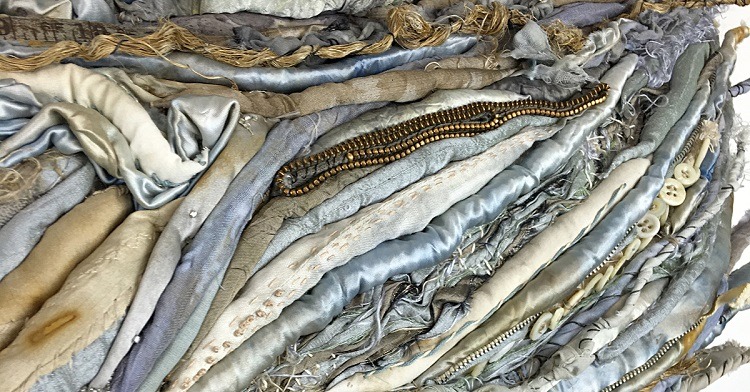
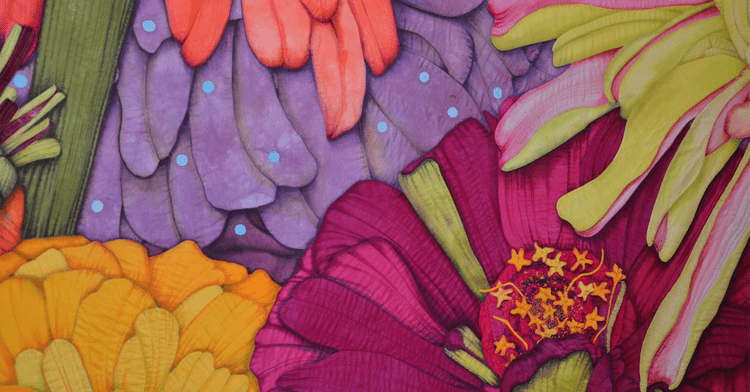
2 comments
Lesley Webster
Really love your work and the way you have combined different techniques. You are so right about spending time on Pinterest and how it can block you from doing things due to the overload of images, and for me the feeling that if I use it for inspiration then it’s not my work.
Thank you for for sharing.
margot
Lovely work and ideas, thank you